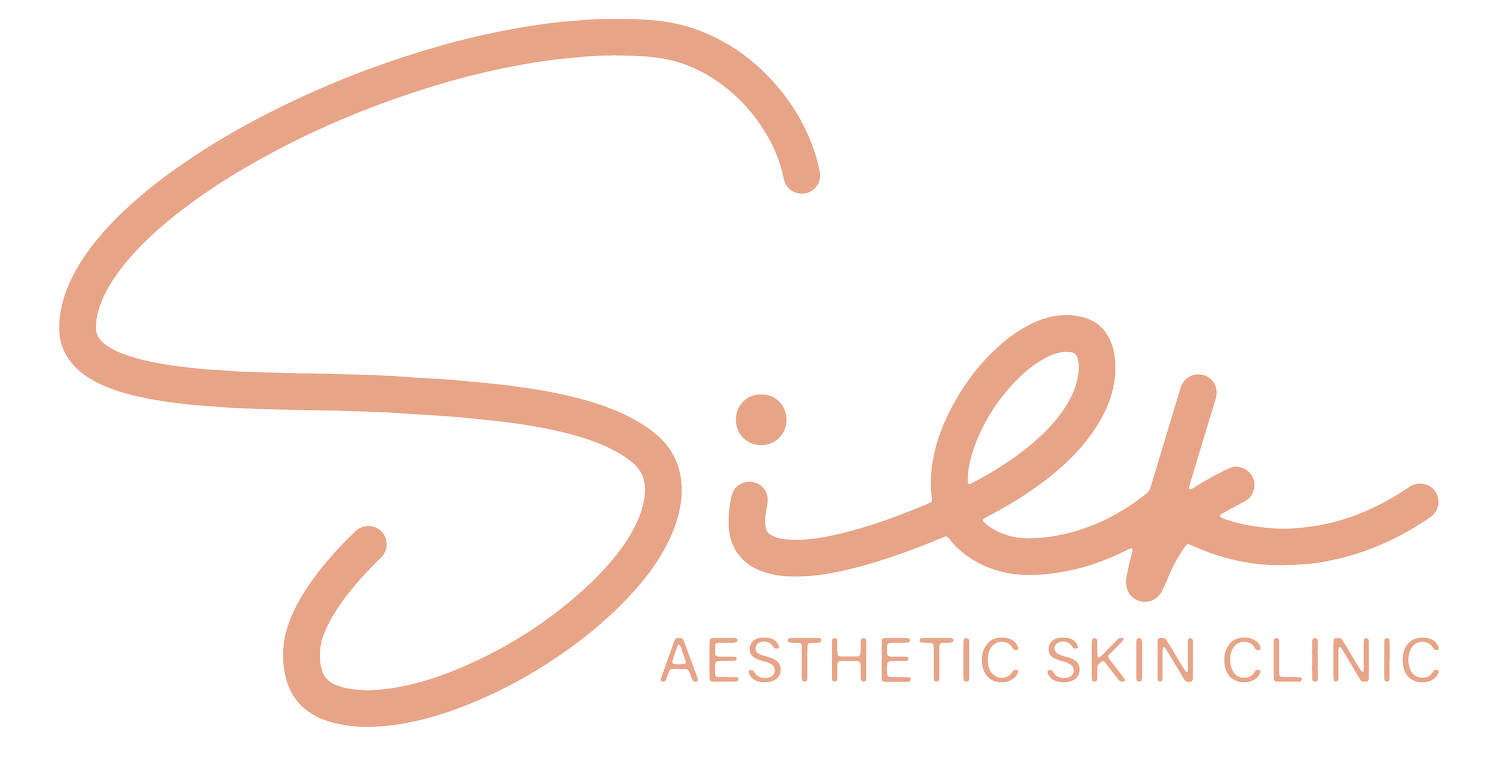MOLES CAUSES AND PREVENTION: WHAT YOU NEED TO KNOW
CAUSES OF MOLES APPEARANCE
Moles, also known as nevi, are common skin growths that can appear anywhere on the body. They are usually benign, but understanding their causes can help in managing and monitoring them. Here is a comprehensive list of potential causes and contributing factors for moles:
1. Genetics
Family History: A genetic predisposition to moles can run in families, influencing their number and type.
2. Sun Exposure
UV Radiation: Exposure to ultraviolet (UV) rays from the sun or tanning beds can increase the number and darken the color of moles.
Childhood Sunburns: Severe sunburns in childhood are linked to a higher risk of developing moles and melanoma later in life.
3. Hormonal Changes
Puberty: Hormonal changes during puberty can trigger the appearance of new moles.
Pregnancy: Hormonal fluctuations during pregnancy can cause existing moles to become darker or new moles to develop.
Menopause: Changes in hormone levels during menopause may also affect moles.
4. Age
Childhood Development: Moles often appear during childhood and adolescence and can continue to develop until about age 40.
Aging: As people age, some moles may change in appearance or disappear.
5. Skin Type
Fair Skin: Individuals with fair skin are more likely to develop moles, especially if they have a high number of freckles or a history of sunburns.
Large Number of Moles: People with many moles are at a higher risk of developing additional moles.
6. Immune System
Weakened Immune System: Conditions that weaken the immune system, such as HIV/AIDS or immunosuppressive medications, can influence mole development.
7. Genetic Mutations
BRAF Gene: Mutations in the BRAF gene are commonly found in moles and are also implicated in melanoma.
NRAS Gene: Mutations in the NRAS gene are another factor in mole development and melanoma risk.
8. Skin Damage
Injury or Trauma: Skin injuries or repeated trauma to a specific area can sometimes lead to the formation of moles.
9. Certain Medical Conditions
Dysplastic Nevus Syndrome: This genetic condition is characterized by the presence of multiple atypical moles, increasing the risk of melanoma.
Congenital Nevi: Moles present at birth, known as congenital nevi, result from developmental factors during fetal growth.
10. Medications and Treatments
Medications: Certain medications, such as immunosuppressive drugs, can influence mole formation.
Radiation Therapy: Exposure to radiation therapy for other medical conditions may increase the likelihood of developing moles.
11. Lifestyle Factors
Tanning Practices: Regular use of tanning beds or excessive sunbathing can lead to an increase in the number and size of moles.
Diet and Nutrition: While no direct link is established, overall skin health can be influenced by diet and nutrition, potentially affecting mole development.
Understanding these factors can help in monitoring moles and taking preventive measures, such as protecting the skin from excessive sun exposure and regularly checking for any changes in existing moles.
PREVENTION OF MOLES APPEARANCE
While it may not be possible to completely prevent the appearance of moles, especially if there is a genetic predisposition, several measures can help minimize their development and reduce the risk of potentially harmful changes.
Here is a comprehensive list of prevention strategies for moles:
1. Sun Protection
Use Sunscreen: Apply broad-spectrum sunscreen with an SPF of at least 30 to all exposed skin, even on cloudy days. Reapply every two hours and after swimming or sweating.
Wear Protective Clothing: Cover your skin with long-sleeved shirts, pants, wide-brimmed hats, and sunglasses with UV protection.
Seek Shade: Avoid direct sunlight, especially between 10 a.m. and 4 p.m., when UV radiation is strongest.
Avoid Tanning Beds: Refrain from using tanning beds and other artificial sources of UV light.
2. Avoid Sunburn
Gradual Exposure: Gradually increase sun exposure to allow your skin to build up a natural tan without burning.
Sunscreen on Scars and Moles: Apply extra sunscreen to scars, moles, and other areas prone to sunburn.
3. Monitor Hormonal Changes
Regular Checkups: If you're experiencing hormonal changes due to puberty, pregnancy, or menopause, have regular skin checkups to monitor moles.
4. Regular Skin Examinations
Self-Exams: Conduct regular self-examinations to monitor existing moles and identify any new ones. Use mirrors to check hard-to-see areas.
Professional Checkups: Visit a dermatologist for annual skin examinations, especially if you have many moles or a family history of skin cancer.
5. Avoid Skin Trauma
Gentle Skin Care: Avoid unnecessary friction or trauma to the skin, such as rubbing or scratching.
Protective Gear: Wear appropriate protective gear during activities that could cause skin injury.
6. Healthy Lifestyle
Balanced Diet: Eat a diet rich in fruits, vegetables, whole grains, and lean proteins to support overall skin health.
Hydration: Drink plenty of water to keep your skin hydrated.
Regular Exercise: Maintain a healthy weight and support skin health through regular physical activity.
7. Manage Medical Conditions
Immune System: Maintain a healthy immune system by managing conditions such as diabetes and avoiding immunosuppressive medications unless necessary.
Regular Checkups: If you have a condition that increases your risk of moles, such as dysplastic nevus syndrome, follow your doctor's recommendations for regular skin checkups.
8. Education and Awareness
Know the ABCDEs: Learn the signs of melanoma (Asymmetry, Border irregularity, Color variation, Diameter larger than 6mm, and Evolving size, shape, or color) and monitor moles for any of these changes.
Stay Informed: Stay updated on the latest information about skin health and mole prevention.
9. Avoid High-Risk Activities
Limit High UV Exposure Activities: Be mindful of activities that expose your skin to high levels of UV radiation, such as outdoor sports during peak sun hours.
10. Early Detection and Action
Act on Changes: If you notice any changes in your moles or new mole development, consult a dermatologist promptly for evaluation.
While these strategies can help reduce the risk of developing new moles and protect existing ones from harmful changes, regular monitoring, and professional checkups are crucial for maintaining skin health and early detection of potential issues.


